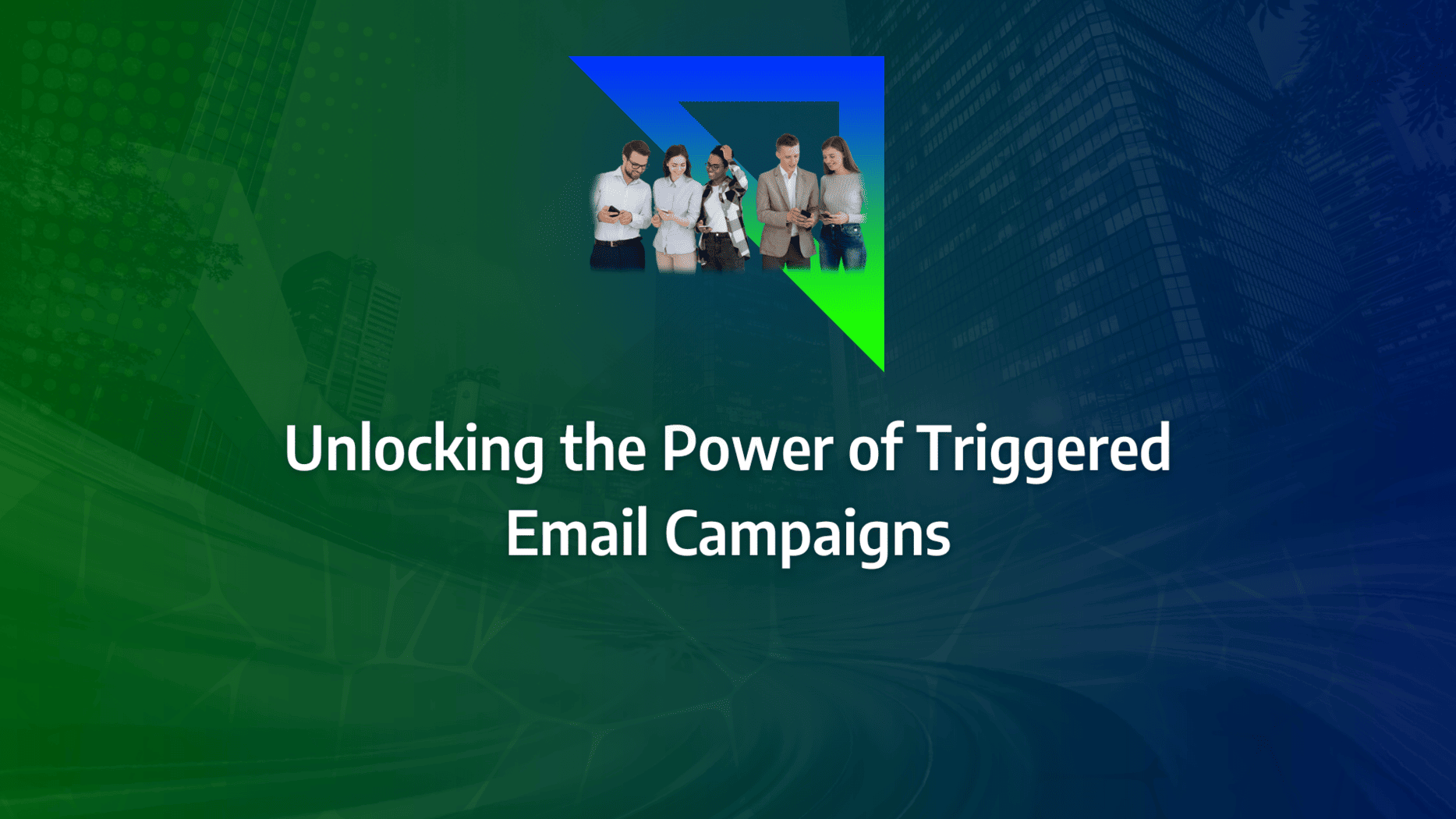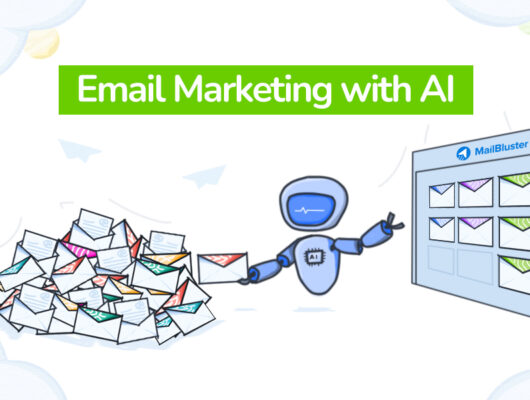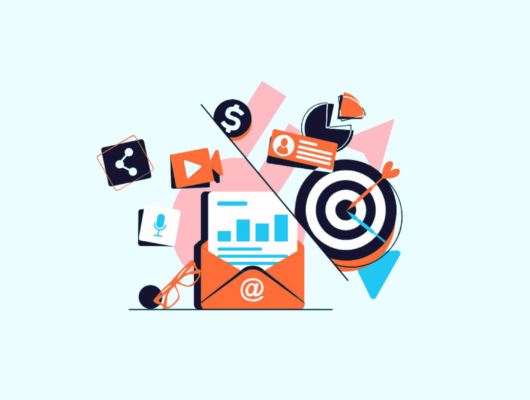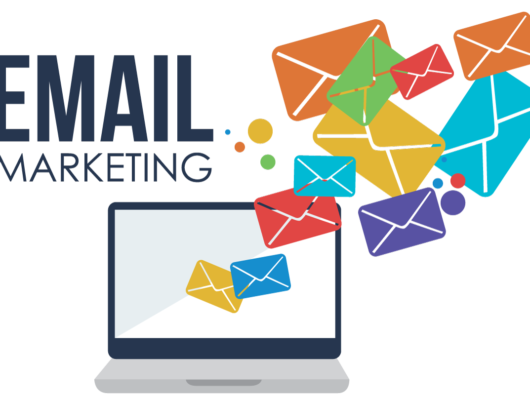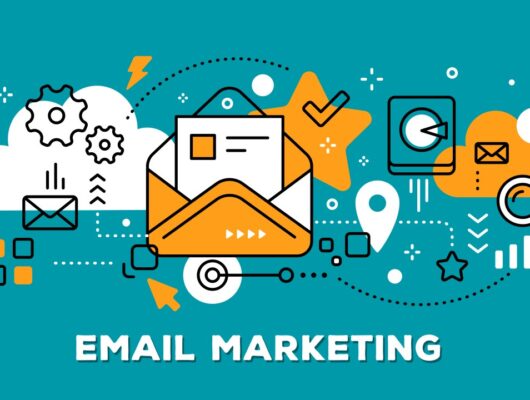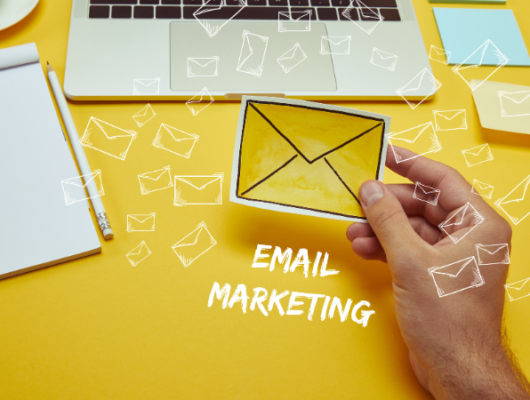Triggered email campaigns are automated emails dispatched in response to specific actions taken by users.
These campaigns are highly effective in digital marketing due to their relevance and timeliness, enhancing user engagement, and improving conversion rates.
This article discusses the benefits, types, and best practices for deploying triggered email campaigns.
1. Understanding Triggered Email Campaigns
Triggered emails are sent automatically based on predefined triggers, which are specific customer actions or behaviors, such as signing up for a newsletter, making a purchase, or abandoning a cart. Unlike traditional email marketing, which involves scheduled blasts to large segments of an email list, triggered emails are personalized and sent in real-time, providing immediate engagement opportunities.
2. Benefits of Triggered Email Campaigns
Triggered email campaigns offer several advantages:
- Relevancy: Emails are related directly to the user’s recent interactions, increasing their relevance.
- Timeliness: Messages are sent immediately after a trigger event, capturing users at critical moments.
- Higher Engagement: Triggered emails tend to have higher open and click-through rates compared to non-triggered emails.
- Efficiency: Automation saves time and resources, allowing marketers to focus on strategy and content optimization.
3. Common Types of Triggered Emails
Some of the most effective triggered email types include:
- Welcome Emails: Sent immediately after a user signs up for a service or newsletter, these help establish the relationship.
- Cart Abandonment Emails: Remind customers of items they left in their shopping carts, prompting them to complete their purchase.
- Purchase Confirmation Emails: Confirm a transaction and provide order details, enhancing customer trust.
- Re-engagement Emails: Target users who have not interacted with your brand for a certain period.
- Birthday or Anniversary Emails: Celebrate a customer’s special occasion with personalized offers or messages.
4. Best Practices for Triggered Email Campaigns
To maximize the effectiveness of triggered emails, consider the following best practices:
- Personalization: Go beyond using the customer’s name. Tailor content based on the user’s behavior, preferences, and history.
- Segmentation: Use data to create detailed segments and customize triggers and messages for different audience groups.
- Testing: Continuously test and optimize different elements of your emails, such as subject lines, content, and timing.
- Clear Calls-to-Action: Ensure that each email has a clear and compelling call-to-action, driving recipients toward the desired behavior.
- Monitor and Adjust: Regularly review the performance of your triggered emails and adjust strategies based on analytics to improve engagement and conversions.
5. Tools for Implementing Triggered Email Campaigns
Effective triggered email campaigns require robust tools that can automate and refine the email dispatch process:
- Email Marketing Platforms: Tools like Mailchimp, HubSpot, and Salesforce offer advanced email automation features.
- Customer Relationship Management (CRM) Systems: Integrate your email platform with a CRM to leverage customer data effectively.
- Analytics Tools: Use tools to monitor the performance of your campaigns and gather insights to optimize them further.
Conclusion
Triggered email campaigns are a powerful tool in the arsenal of digital marketing, offering timely and relevant communication tailored to individual user actions.
By implementing best practices and leveraging the right tools, businesses can significantly enhance engagement, improve customer retention, and increase conversions.
As technology evolves, so too should your strategies for leveraging triggered emails to maintain a competitive edge in your marketing efforts.


